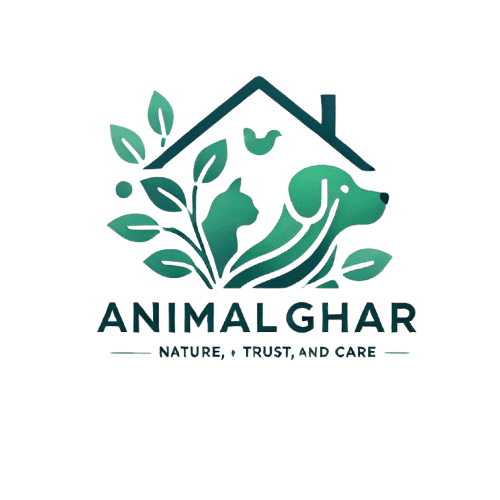Switching your cattle dog from a puppy to an adult diet is a significant milestone in their growth. Puppy food is designed to stimulate quick growth, but as your dog ages, their nutritional demands vary. Knowing when and how to switch Cattle Dog to adult food ensures they stay healthy, lively, and flourishing. In this thorough overview, we’ll cover all you need to know about making this shift smoothly and successfully.
Why Timing Matters: When to Switch Cattle Dog to Adult Food
To support growth, a puppy’s diet is high in calories, protein, and fat. So, when is the proper time to transition cattle dogs to adult food?
Understanding Your Cattle Dog’s Development Stages
Cattle canines are medium-sized breeds, and their growth cycle differs from less or larger canines. Here’s a broad guideline:
- Small Breeds: Transition at 9-12 months.
- Medium-sized Breeds (like Cattle Dogs): Moving between 12-14 months.
- Massive Breeds: Could need puppy meals until 18-24 months.
For the majority of cattle dogs, the optimal time to transfer to adult food is about 12–14 months. However, each dog is particular, so see your vet for specific guidance.
Signs Your Cattle Dog is Ready to Switch to Adult Food
How can you know whether your cattle dog has become prepared for adult food? Look for these signs:
1. Slow Growth: Your dog is likely ready for adult food if their growth rate has leveled off.
2. Weight management: Food for puppies is high in calories. If your dog is acquiring too much weight, it’s time to switch.
3. Energy Levels: Adult food supplies appropriate nourishment to sustain consistent energy levels for influential breeds like cattle dogs.
How to Switch Cattle Dogs to Adult Food Safely
Moving your dog’s food too rapidly can cause intestinal distress. Follow these procedures to ensure an effortless transition:
Common Mistakes to Avoid When You Switch Cattle Dog to Adult Food
Step 1: Gradual Transition
Your dog’s digestive tract will adapt better if you make the change slowly. Here’s a recommended schedule:
- Days 1-3: Combine 25% adult meals with 75% puppy food.
- Days 4-6: Apply a 50-50 mixture of both foods.
- Days 7-9: Put 75% adult nutrition with 25% puppy food.
- Day 10: Fully switch to adult food.
Step 2: Monitor Your Dog’s Reaction
Watch for signs of stomach trouble, such as vomiting, diarrhea, or loss of appetite. If complications develop, slow down the changeover procedure.
Step 3: Choose High-Quality Adult Food
Not every adult dog food is made equally. When choosing food for a cattle dog, keep the following in mind:
- Protein-rich Formulas: Cattle pets are engaged and need lots of protein to maintain muscular mass.
- Healthy Fat: Omega-3 fatty acids and omega-6 fatty acids improve skin and coat health.
- No Fillers: Avoid food items with artificial additions, excessive grains, or poor-quality components.
Common Mistakes to Avoid When You Switch Cattle Dog to Adult Food
- Switching Too Early: Dogs need the extra minerals in puppy food for optimum development. Switching too early can lead to health deficits.
- Switching Too Postponed: Prolonged usage of dog chow might induce weight gain and other health concerns.
- Neglecting Your Dog’s Needs: Every dog is special. Factors including exercise level, height, and health concerns should impact your decision.
Nutritional Needs of Mature Cattle Dogs
Once you’ve chosen to move cattle dogs to adult food, it’s crucial to understand their health needs. Here’s what your adult cattle dog requires:
1. Protein
Protein is vital for sustaining muscular mass and energy levels. Look for pet food with a minimum of 18–25% protein content.
2. Fats
Healthy fats offer energy and improve skin and coat wellness. Aim for a fat content of 10-15%.
3. Carbohydrates
Carbs provide energy, but they ought to come from high-quality sources like sweet potato peas or brown rice.
4. Vitamins and Minerals
A healthy diet should include vital nutrients (A, D, and E) and elements (calcium and phosphorus) to support general health.
Tips for an Effective Transition
- Speak With Your Vet: Depending on your dog’s age, weight, and general health, your veterinarian can offer tailored suggestions.
- Maintain a Schedule: To create a routine, feed your pet at similar times every day.
- Monitor Weight: Make sure your dog is maintaining a healthy weight by checking it regularly.
- Give Your Dog Fresh Water: Make sure your dog always has access to fresh, clean water.
Frequently Asked Questions (FAQs)
Q: Can I transfer my cattle dog to adult food at 10 months?
A: It’s preferable to wait till 12-14 months, but ask your vet for advice.
What happens if my dog doesn’t eat adult food?
A: Try mixing in a little bit of wet food or slowly boosting the adult food ratio. You can additionally add a topping like bone broth for added taste.
What is the finest adult food to give my cattle dog?
Look for top-of-the-protein-rich formulations with no artificial additions. Check the ingredient list for complete proteins (such as chicken or beef) as the first component.
Q: Can I combine puppy and adult food?
A: Yes, but only throughout the changeover time. Combining helps your dog adapt to the new food.
Final Thoughts
Knowing when and how to transition cattle dogs to adult food is vital for your dog’s health and happiness. By following this approach, you can ensure a smooth change and supply your cattle dog with the nourishment they need to flourish. Always visit your vet for tailored recommendations, and enjoy watching your furry buddy develop into a well-being happy adult!



